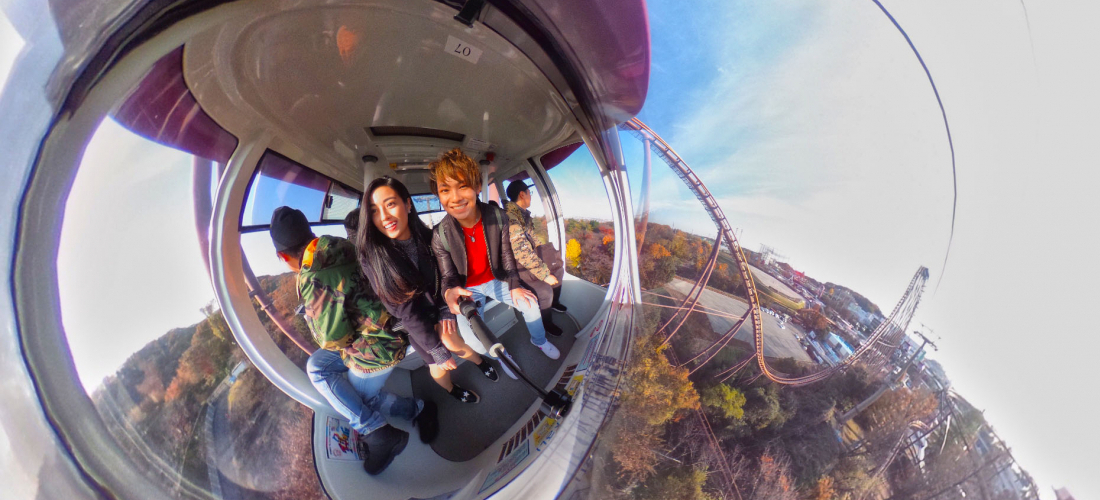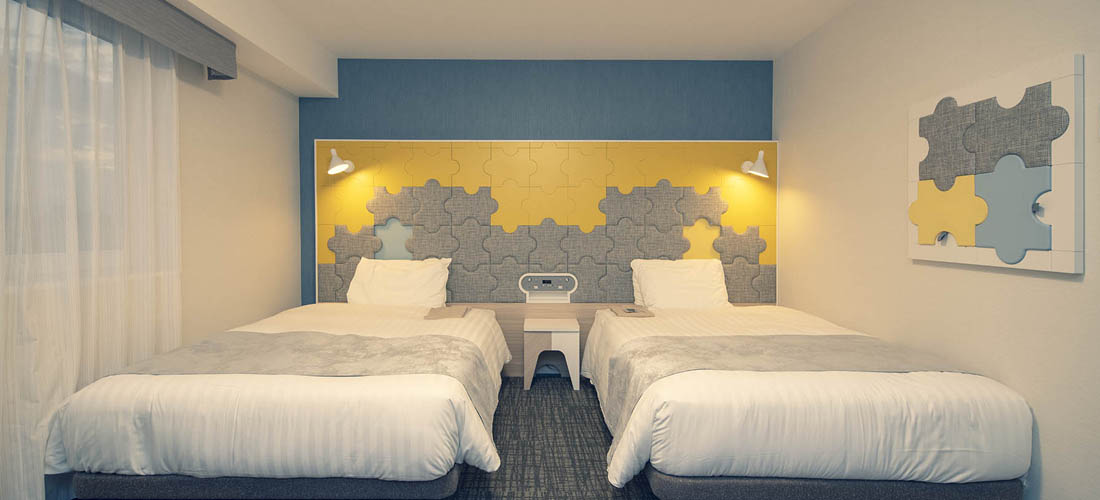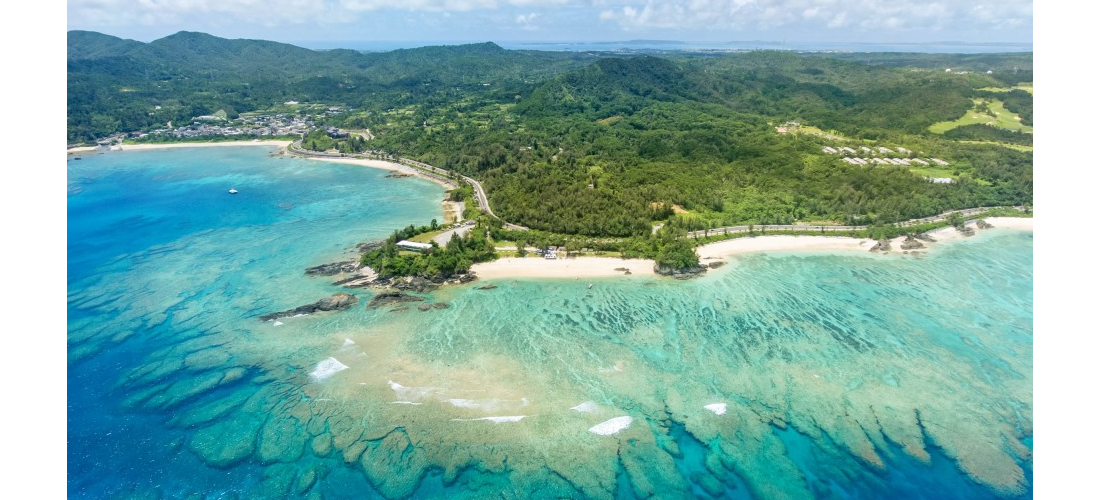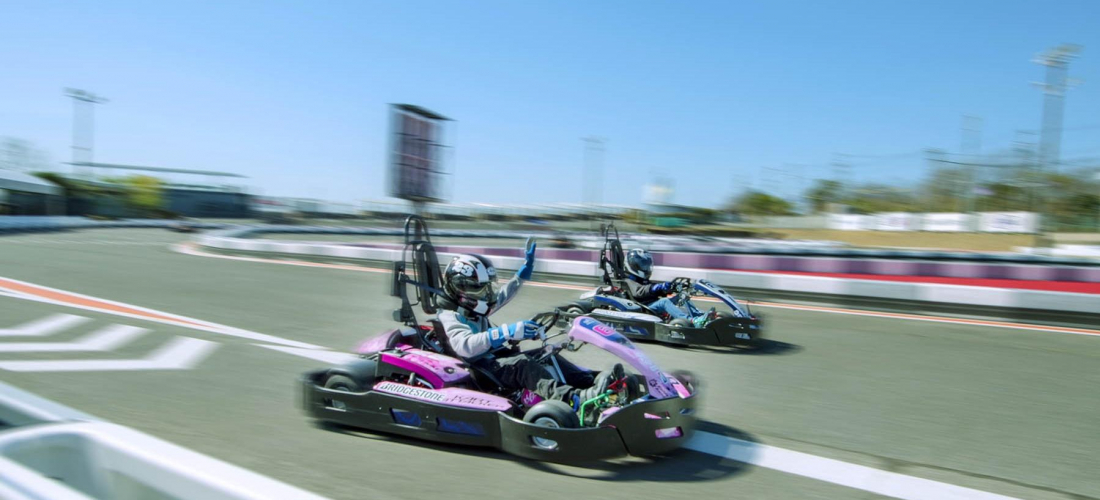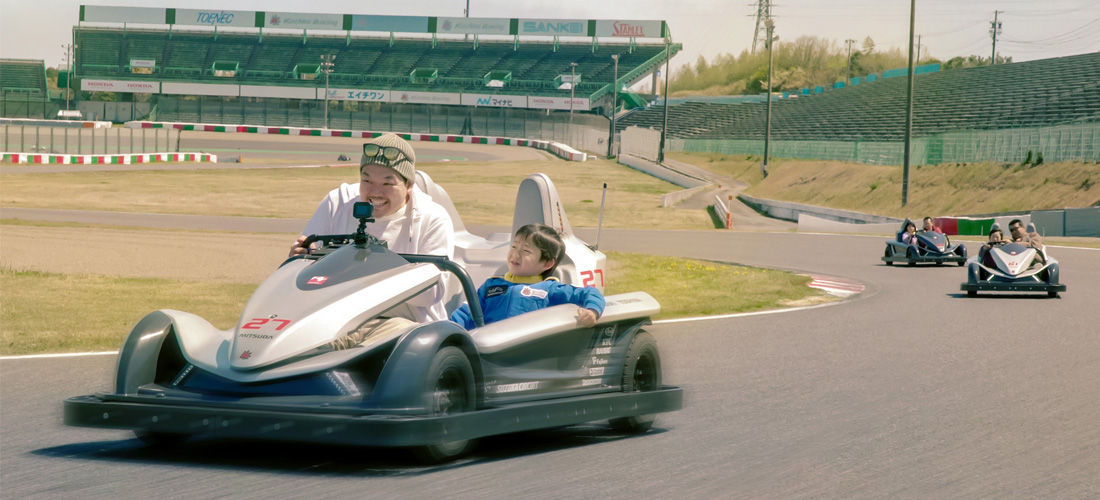
CONTENTS
Are you one of the many children who had this thought growing up?
Maybe you heard it from one (or all!) of your friends?
If you're looking for an outlet where that dream can come true, we'd like to present:
Suzuka Circuit!
It's highly recommended for racing lovers, as a place where all of your Formula 1 dreams can come true.
Strap on your helmet, start the engine, grab the steering wheel…
(For F1 racing, do you still place your hands in the 10 and 2 positions?)
Join the Japankuru team, and step on the gas.
Today we're living that race car driver dream!
About Suzuka Circuit
Suzuka Circuit was built as the first full-scale standard international racing course in Japan! Completed in 1962, it has a history of almost 60 years of major events. It's famous for hosting the Formula 1 Japanese Grand Prix, along with the "Suzuka 8 Hours", an 8-hour endurance race for motorcyclists. As the venue for these big races, famous professional drivers can also frequently be seen moving around the facilities. In order to simplify the process of bringing in large-scale contestants and racing teams, Suzuka Circuit's hotel was built near the racetrack. Since then, the hotel has become an impressive racing-themed establishment, and things like restaurants and natural hot springs were developed nearby to cater to guests. Now, there's a Formula 1 racing-themed theme park! Even if you just buy tickets to visit the park, the racetrack's proximity means you might just spot a pro racer as well.
Suzuka Circuit
Address: 7992 Ino-cho, Suzuka, Mie
Access: From Shiroko Station, either take a taxi or a Mie Transportation bus.
Official Website (en)
Holding the Little Hands of Future Racing Stars: Circuit Challenger
The most interesting part of this theme park built around a Formula 1 circuit is how much the circuit is really opened up to visitors. Suzuka Circuit teamed up with pro racer Takuma Sato to create the world's first electric racing system, allowing racing fans big and small to enjoy a realistic race car experience in a safe and easy-to-operate driving environment. Whether you've only ever sat in a car seat, or already have a license and drive a car every day, you learn about how to drive an electric car through the staff's professional explanations. The experience is open to guests two years and older, although car drivers must be at least 9 years old, and only drivers 11 years and up can drive unaccompanied. Pile the family into this three-seater, and race as a team!
Even young visitors can come along for the ride!
Before the race, each driver gets a keycard. Then you just jump in, start the engine, and you're ready to go! The electric race cars are equipped with a voiced navigation system (English and Chinese available!), and each driver is guided around the track. Once finished with the race, each driver can take their keycard to a designated machine outside to get a transcript with their driving score. (Are you ready to look into that pro racing career yet? The machine will let you know!)
Although precautions are taken to make the experience safe enough for the average person, it is still an electric car race, and there are rules to keep everyone from hurting themselves or others. While on the track at Circuit Challenger, no photo taking is allowed. But don't worry, an official commemorative photo will be taken during the race. Each driver can take home a perfect snapshot of their heroic driving, as long as they're willing to pay for it.
Start the electric car with your keycard.
Oops, looks like we only got a C. We have a long way to go before we're pros!
Continue the Race Off the Track: The Racing Theater
Suzuka Circuit's Racing Theater is no average screening room, with a whole building devoted to the motto “Watch, Try and Meet the Genuine Things”. The main theater has a full-scale wide screen and sensory sound system, with seats modeled after racecar bucket seats, open to guests 3 years and older.
Outside of the main theater are a number of interesting racing-themed exhibits. Various cars sit on display, alongside helmets from previous competitions, and signatures collected from well-known professional racers around the world. There are also rooms of games that give visitors the experience of driving an actual F1 vehicle, from seeing how an actual steering wheel handles, to feeling the wind speed of a racing car.
Get up close and personal with the race cars.
No matter your age, it's hard to resist the fun of the interactive game exhibits on the 2nd floor.
In addition to the more interactive attractions, there are also models like this one, made for taking cool photos.
Get the experience of hopping into a speeding car together as a family, without getting a ticket!
After learning all about racing, are you thinking you might want to work on your driving skills? Then the Acro-X Evolution attraction will introduce you to the world of off-road vehicles, and will take your driving to the next level. The track takes drivers through 12 different geographical settings with different challenges, based off of the various obstacles you might face driving through nature, including steep slopes and water cannons. The off-road vehicle is also equipped with a scoring function, so as you pass through each section of the track, it'll let you know how you're doing so far. At the end of your adventure, grab another transcript and see how your skills really pan out when it comes to off-roading!
Children between the ages of 2 and 8 can join in, but must be accompanied by a companion 13 years or older. Drivers over 9 are free to enjoy the experience on their own or with others!
Stopping by the Racing Theater you get to see a lot of very suave Formula 1 car drivers, but the videos also feature some very cool motorcyclists. Everyone leaving the theater is probably dreaming of how cool they would look tearing down the road on two wheels, too. Younger viewers might not even be able to ride a bicycle yet, though, so it might seem like a bit of a challenge to skip that major step and get right on a motorbike.
At Suzuka Circuit, though, you'll see some surprisingly young children doing just fine, and balancing without a hitch. The newly launched Acro Bike attraction features mini-motorbikes specially designed just for children, making it pretty easy to leapfrog right over bicycles and get going already! There's a track made just for these motorbikes, with hills to add some extra excitement to the ride.
Children ages five and older can try out Acro Bike. Children under 9 must obtain an "A License" at Kids Bike Training beforehand, however.
Ever Wanted to Steer Through the Sky or the Water Instead? They’ve Got Attractions for That, Too!
With lots of attractions focused on the challenge of driving a fast car, the park has a few other kinds of rides to balance things out, of course.
Suzuka Circuit Theme Park has a variety of fun rides! "Adventure Drive" is Japan's first voice-accelerated coaster attraction, for when you want to be loud and silly, and the "Putti Grand Prix" is a less intense kind of race that can be fun for just one person, as well. Tic-Tac Train and Run-Run Balloon are both very cute for kids and adults, and Adven-Boat Frontier is a boating adventure that's fun for the whole family to embark on together. If your group is looking for something off the racetrack, you can always try a different kind of driving!
Tic-Tac Train
Adven-Boat Frontier
Run-Run Balloon
Inside the Suzuka Circuit theme park, there's a good variety of places to get food and drinks, from snacks to full meals. Our recommendation, though, is that you stop into the warm and inviting Bun Bun's Pancake Shop while you're there.
You can eat your fill of dishes like pork chops and hamburger steaks, but while you're at the pancake shop you can't miss their specialty pancakes. The pancakes are made with high-quality wheat flour produced in Mie Prefecture, and are topped with fragrant Japanese acacia honey. One of their most popular dishes is "Bun Bun's Smile Pancake", a dish with pancakes arranged in the shape of their cute bee mascot, Bun Bun! (You may be thinking "why isn't Bun Bun a bunny?" Well, in Japanese bees say bun bun instead of buzz buzz, so they've got a little honey bee there to sweeten your pancakes.)
The shop's interior is also carefully designed to make it a comfortable space, with fir wood tabletops and floor-to-ceiling windows to let in the sunlight. Grab a sweet snack here and relax and recharge, before heading back out into the park.
Even the Room Designs are More Fun, Staying at the Pro Drivers’ Hotel.
The Suzuka Circuit Hotel was originally designed to accommodate the drivers and teams that came to the racetrack for large international events. However it has expanded since then, and now includes natural hot springs, restaurants, and even a family camping area, turning it into quite the resort. Whether you're there to visit the theme park, watch a racing event, or even participate in one, staying at the Suzuka Circuit Hotel is sure to round out your experience of living the racecar driver dream. The hotel caters to all kinds of customers, offering rooms ranging from your normal suite, to a variety of racing-themed rooms all over the hotel, with furniture and decorations designed to complete your experience.
North Building, Racing Room
This room is designed to represent the world of motorsports, with special headboards, walls decorated with racing shots taken by a world-class photographer, and bucket seat chairs designed in collaboration with German automobile seat manufacturer RECARO. The theme runs throughout the room, and is visible in all of the decorative choices.
West Building, Kochira Family Room
This room is designed to cater especially to families with young children, meaning not only lots of cute and welcoming design choices, but also safety and convenience considerations. The safety-first concept means that teapots, cups, etc. are stored away high above the reaching hands of young children, but beds are extra-low to prevent injuries from rolling off.
East Building, Circuit Kids Room
This room is great for families of all kinds. The design is based around Suzuka Circuit itself, making the room unique to this racetrack and its ambiance. If you're looking for an unusual room that is nevertheless quite comfortable, check it out.
The first sight of the rooms' special designs and big beds with soft mattresses makes kids squeal with excitement.
Enjoy the Resort’s Natural Hot Springs, Delicious Food, and BBQ-Friendly Camping Grounds
Next to the hotel is S-PLAZA, which includes the natural buffet restaurant SORA・TABEYO, the premium grill and bar SHUN, and the organic cafe Sunpo. SORA・TABEYO focuses on cuisine using lots of fresh, seasonal ingredients, creating dishes for breakfast, lunch, and dinner. SHUN offers a different dining experience, featuring a fantastic chef show, and then a little chef experience just for children.
Within the Suzuka Circuit Resort is a natural hot spring with hot water coming in from Suzuka, which is open to all hotel guests. If your family just spent the whole day running around with children in an amusement park, melting away the day's fatigue with a soak in the hot spring might be just the ticket.
If camping is more your thing, there's also a camping ground on the premises, a favorite with younger guests. Tents, sleeping bags, and even BBQ equipment can be rented out while you're there. Whether you're visiting from within the city of Suzuka, or halfway across the world, it's easy to enjoy the fun of camping at the circuit.
The Kur Garden natural hot spring is sourced from Suzuka. It includes indoor and outdoor baths, plus a heated swimming pool!
At SORA・TABEYO you can enjoy the fresh local produce of Mie Prefecture, harvested that day and brought over from nearby farms, plus seafood from the nearby Ise Bay.
On the second floor, upscale grill SHUN offers a chance for kids to get in on the experience.
The SORA・TABEYO buffet includes food specially made for young guests, so you and your kids can enjoy the meal together.
The Suzuka Circuit Resort is well equipped to leave your kids with fond memories, learning new things and having fun.
Theme parks are where we go to live out our dreams, and with race cars being a passion for so many kids, the Suzuka Circuit experience might be a dream come true. We can't all grow up to be Formula 1 racecar drivers, or whatever we dreamed when we were little, but there's no reason not to pretend for a while, and have a good time while you're at it! Plop down in the driver's seat on the Suzuka Circuit racetrack, and race towards a fun time with family and friends.
Or add us on Instagram and Facebook to share your pictures of Japan.

Details
NAME:Suzuka Circuit
MAP
ACCESS:Shiroko Station
COMMENT
FEATURED MEDIA
VIEW MOREMAP OF JAPAN
SEARCH BY REGION

LATEST
VIEW MOREEVENT CALENDAR
VIEW MOREMOST POPULAR
 Tokyo Winter Recommendation: Don’t Miss Tokyo Mega Illumination, Japan’s #1 Light Show
Tokyo Winter Recommendation: Don’t Miss Tokyo Mega Illumination, Japan’s #1 Light Show ป้ายยาสินค้าน่าซื้อในร้านขายยาญี่ปุ่น | KOWA ผลิตภัณฑ์เพื่อสุขภาพสำหรับคนยุคใหม่
ป้ายยาสินค้าน่าซื้อในร้านขายยาญี่ปุ่น | KOWA ผลิตภัณฑ์เพื่อสุขภาพสำหรับคนยุคใหม่ Okinawa Family Road Trip: Japanese Glasses Shopping at San-A Urasoe West Coast PARCO CITY, Discount Coupons, & Okinawa Sightseeing with JINS
Okinawa Family Road Trip: Japanese Glasses Shopping at San-A Urasoe West Coast PARCO CITY, Discount Coupons, & Okinawa Sightseeing with JINS


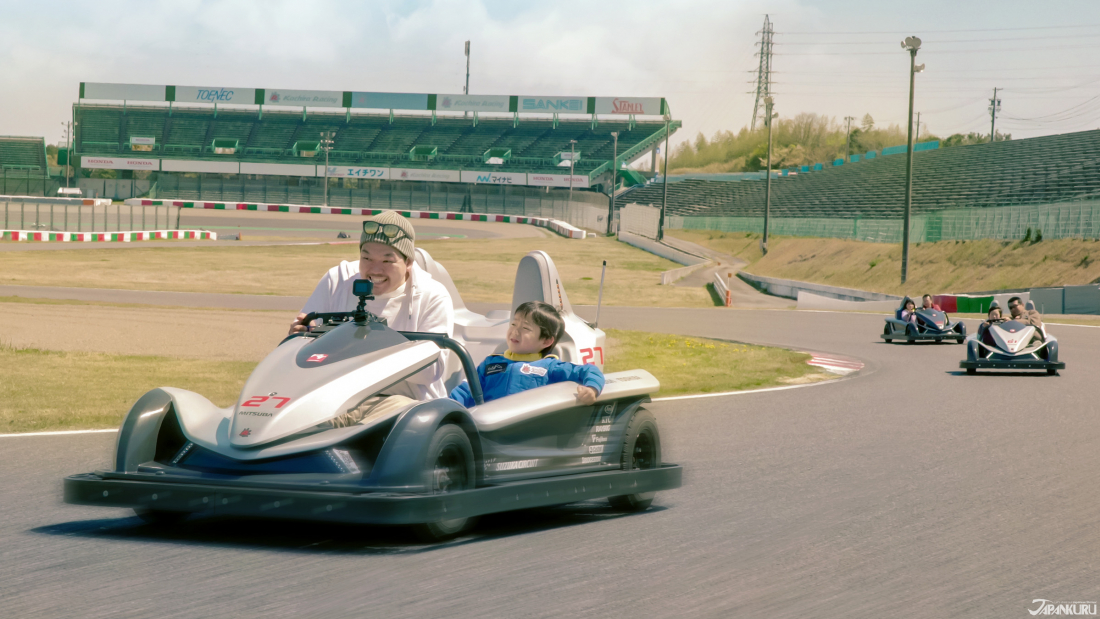



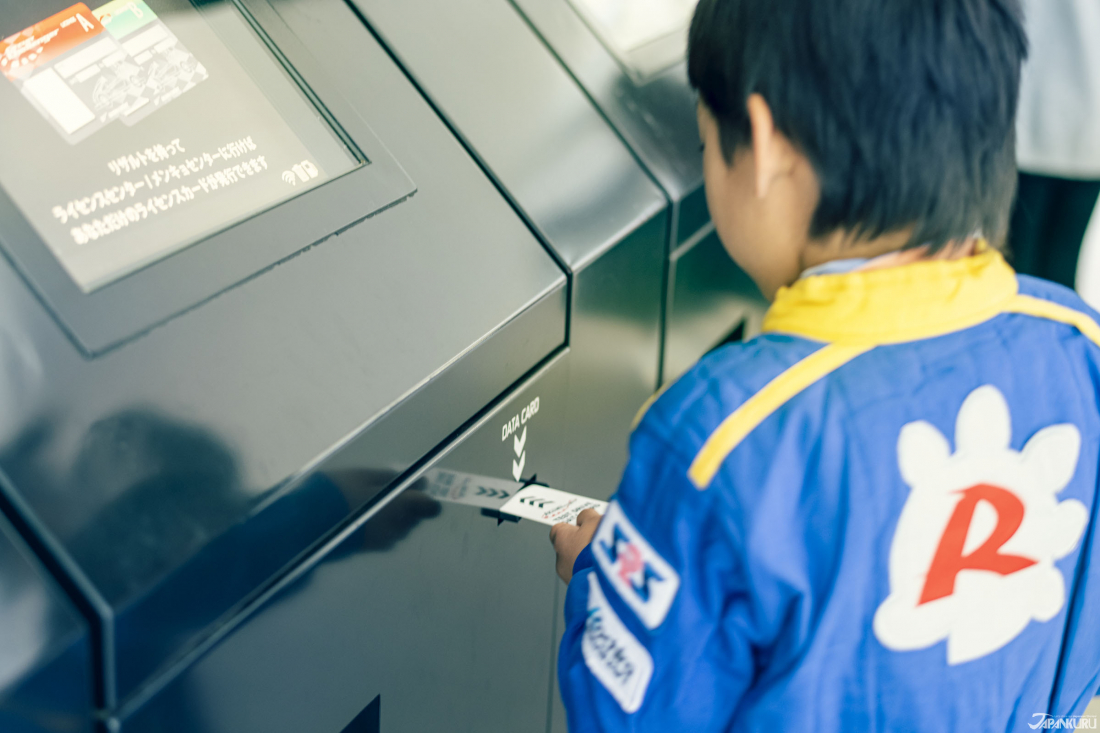
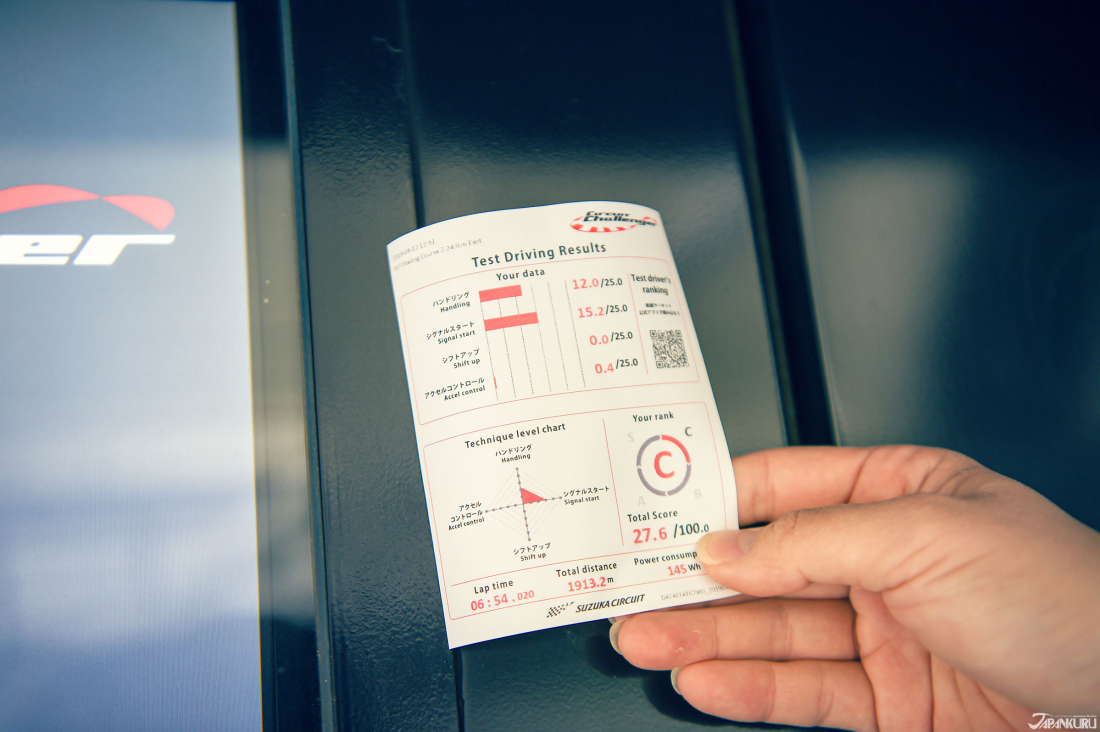

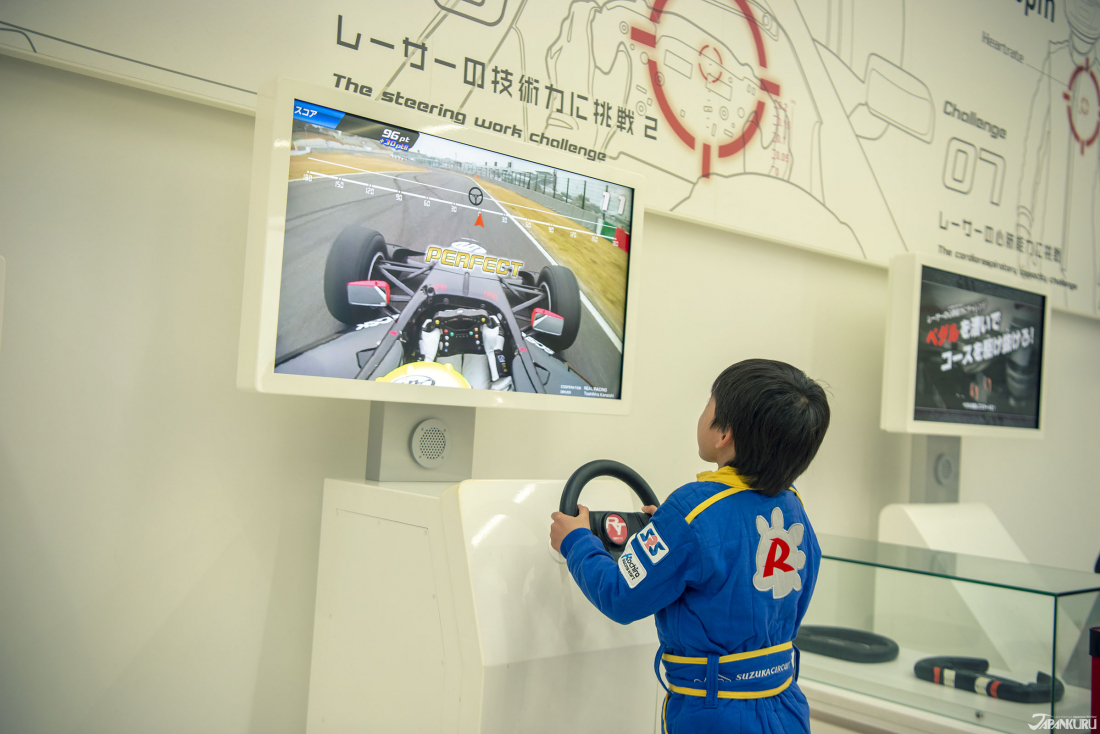

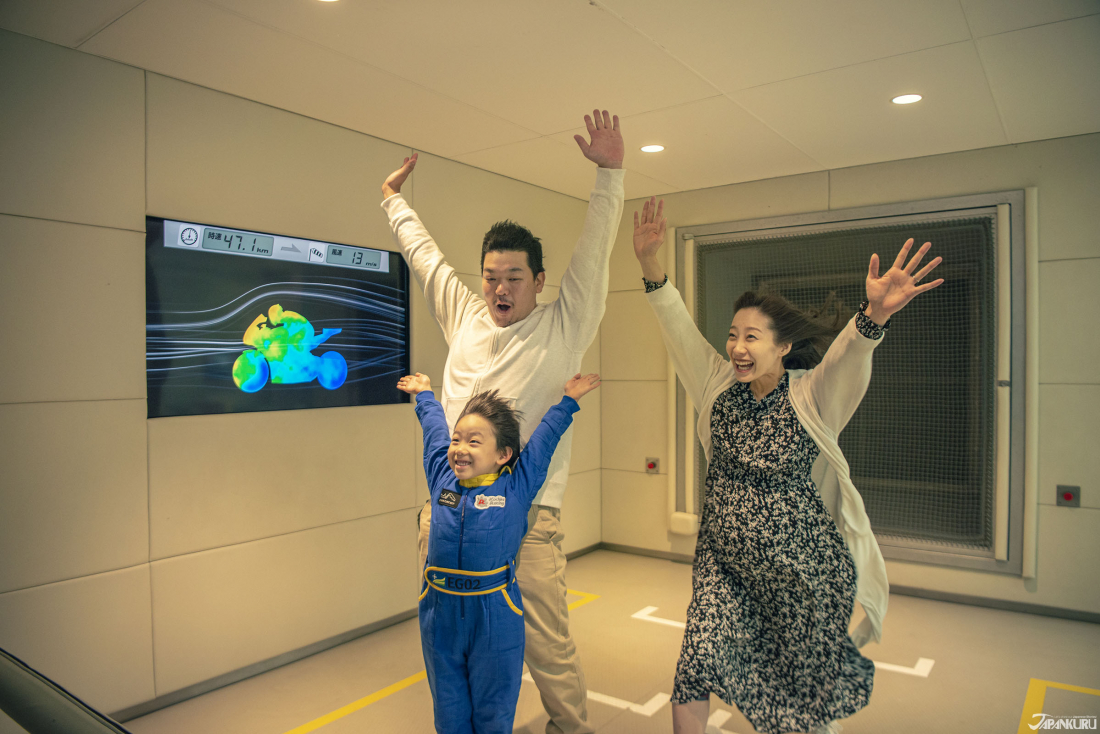



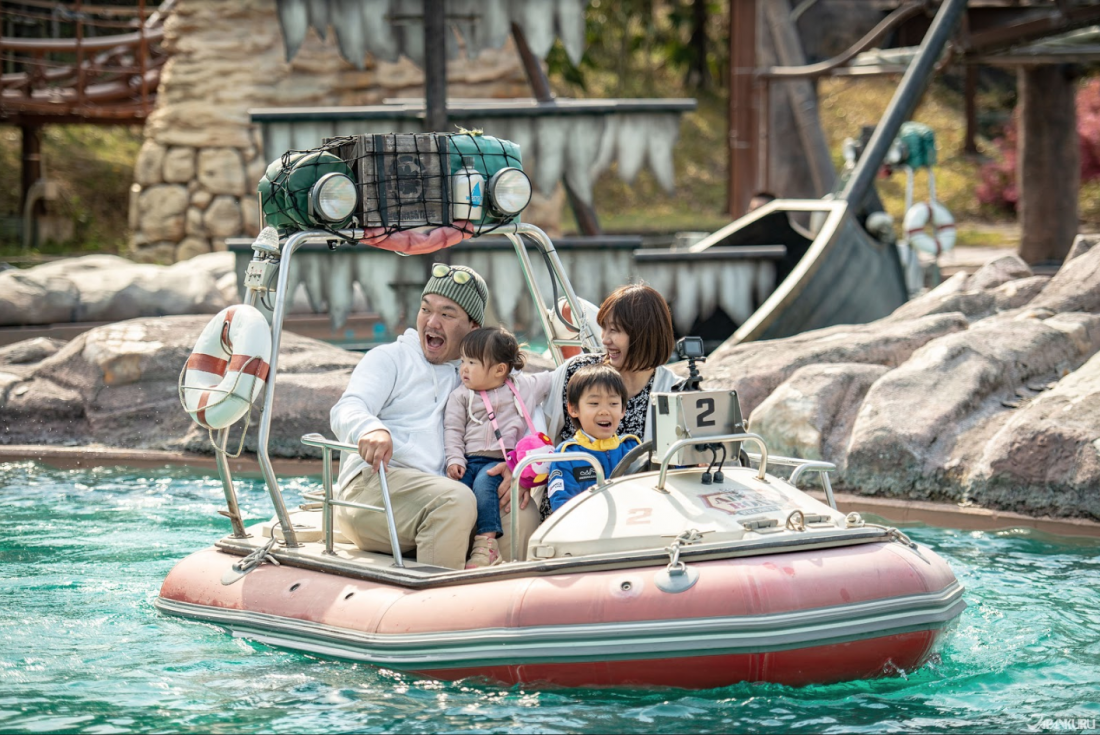
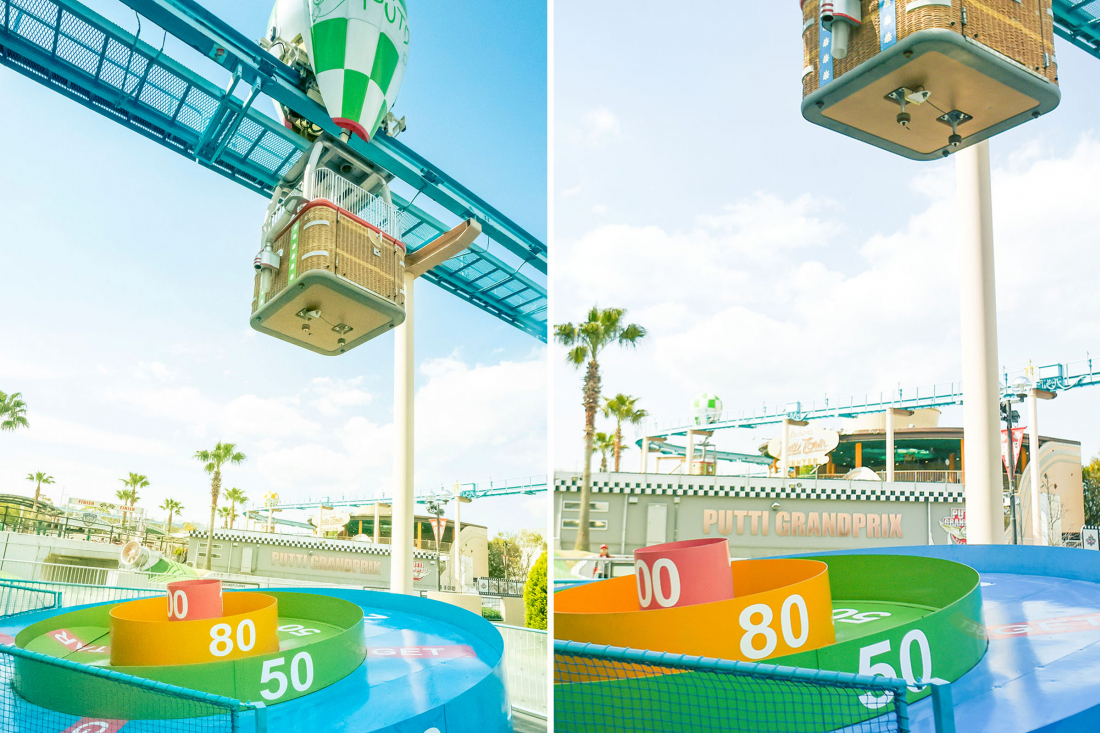

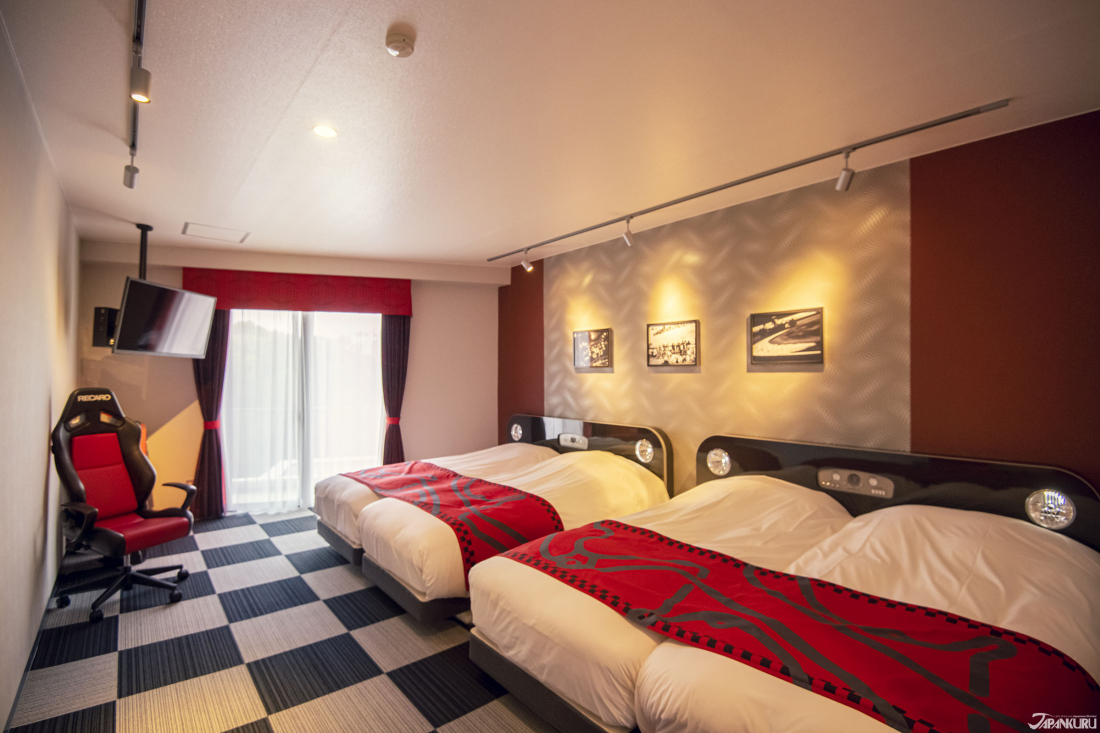
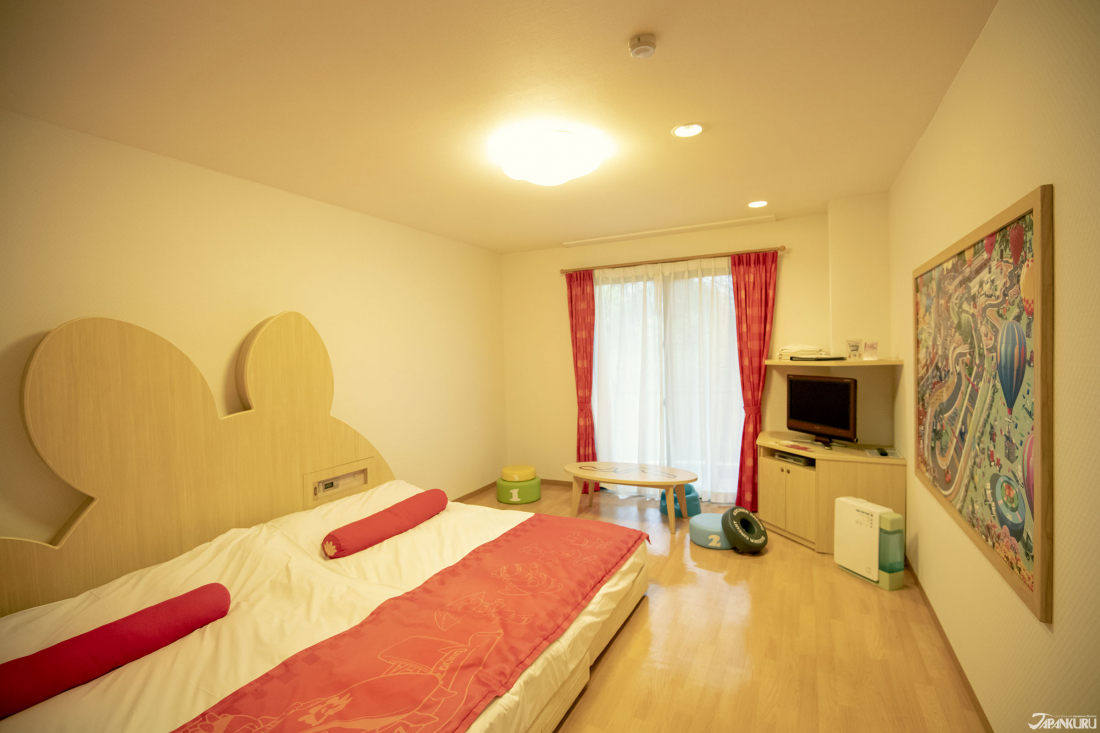
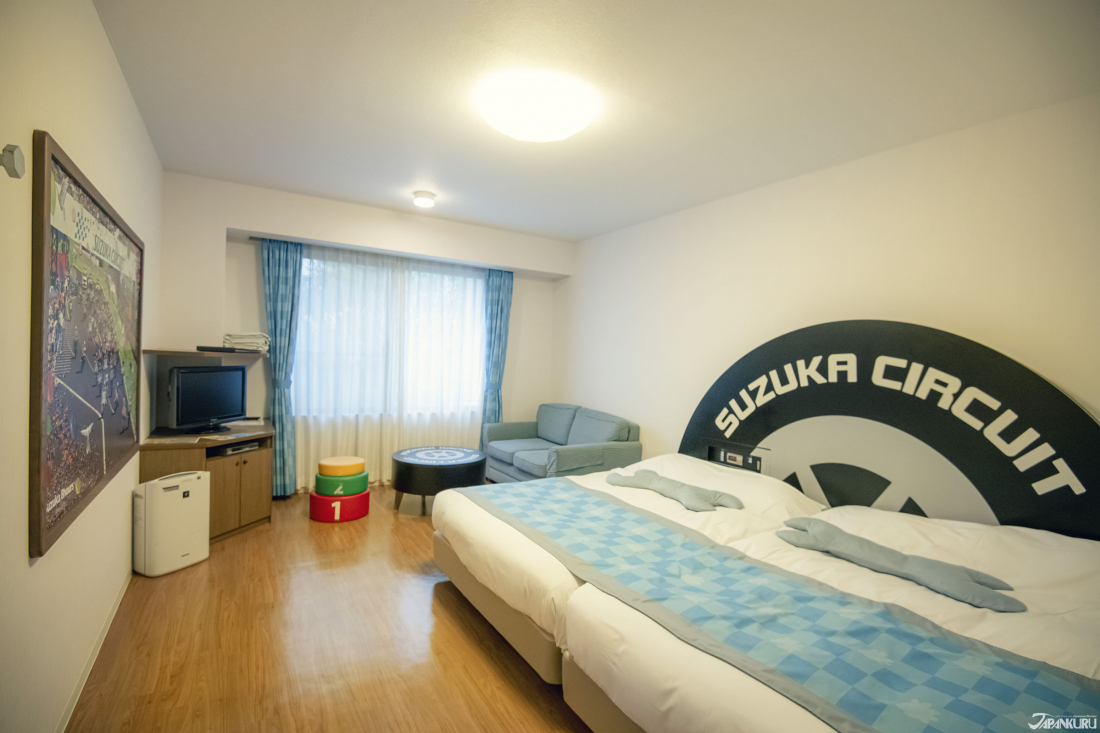
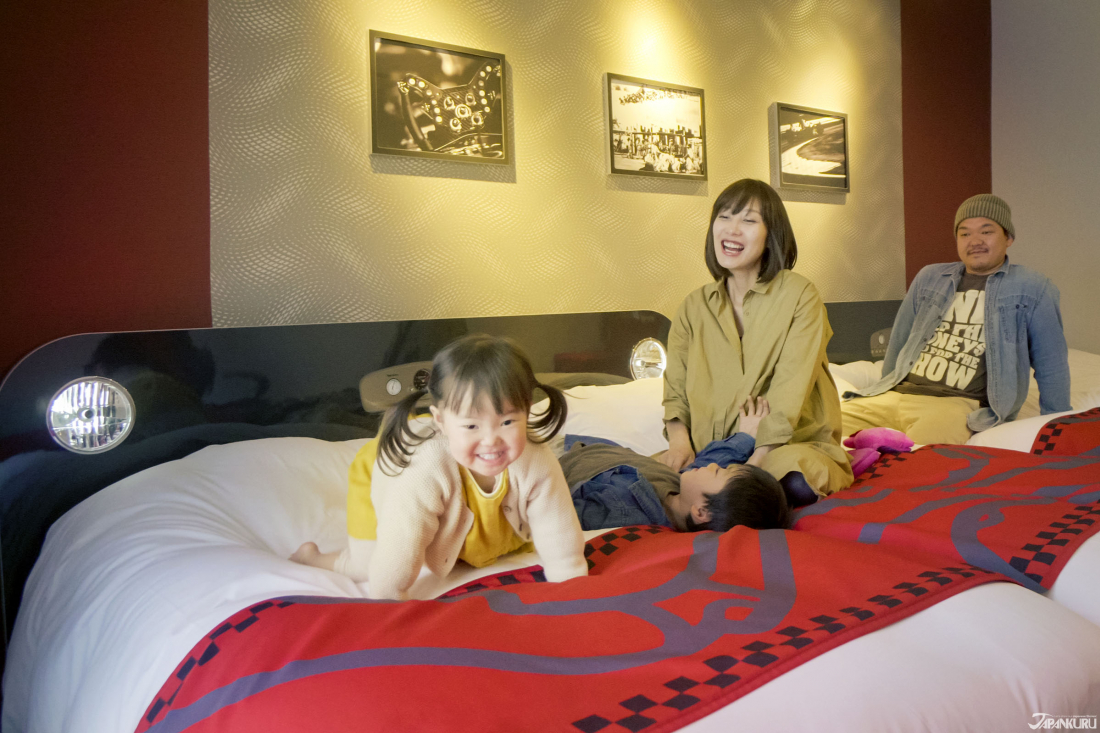
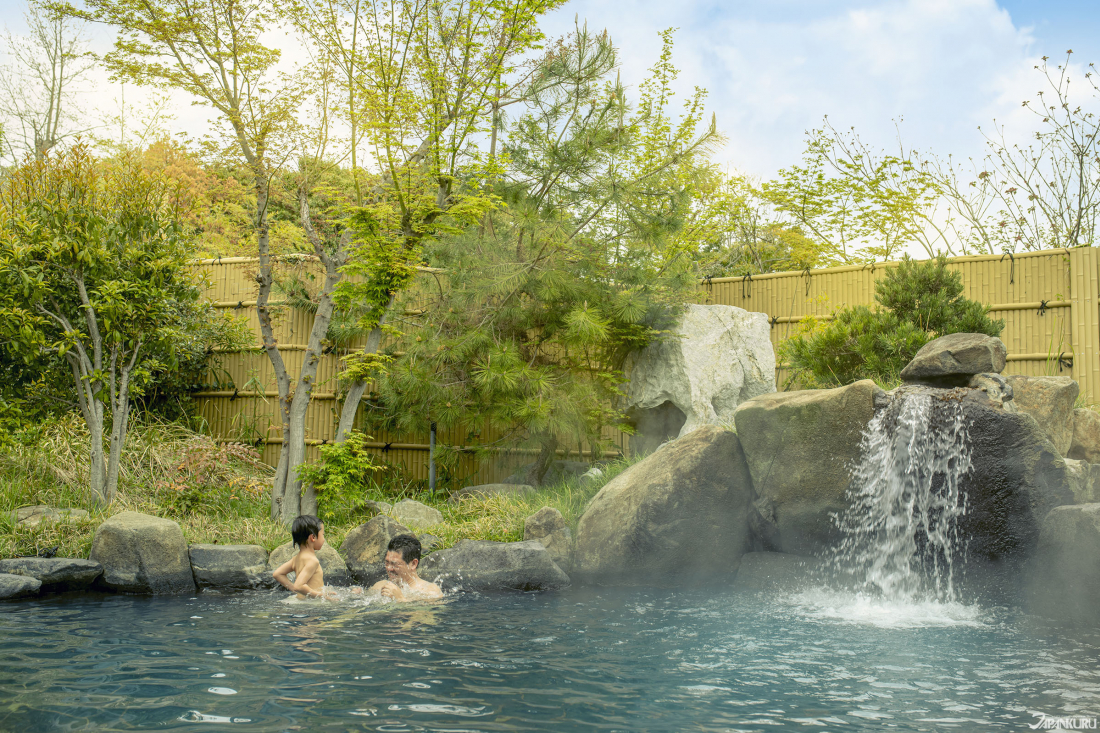



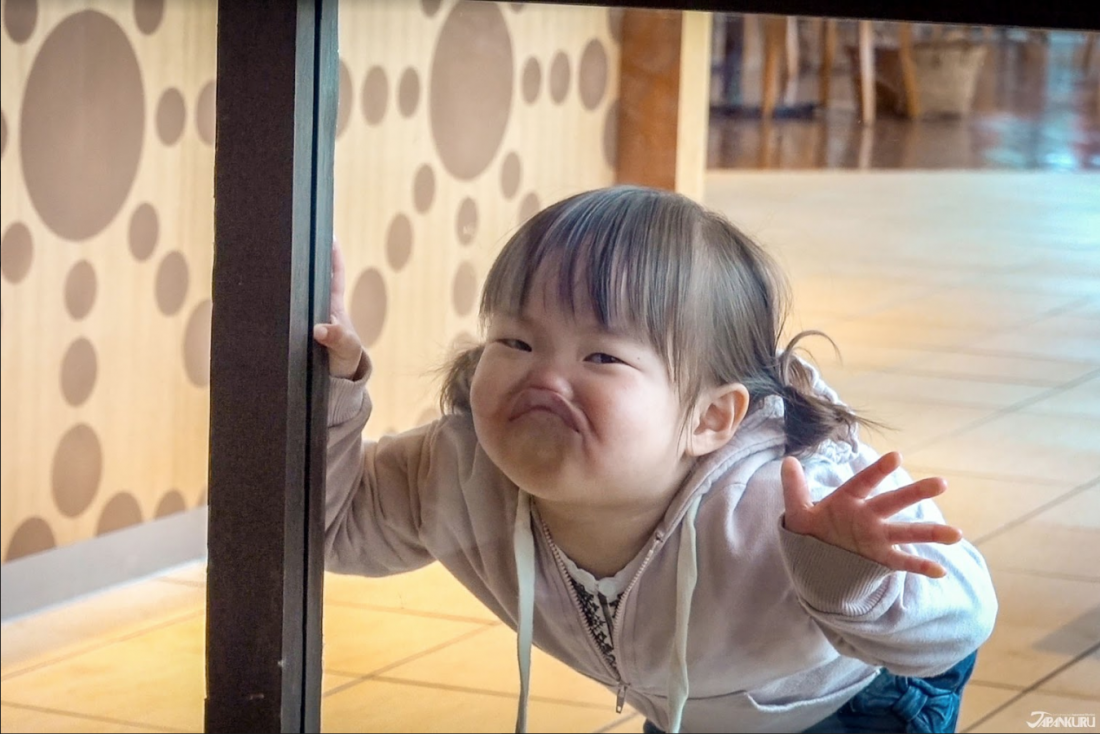
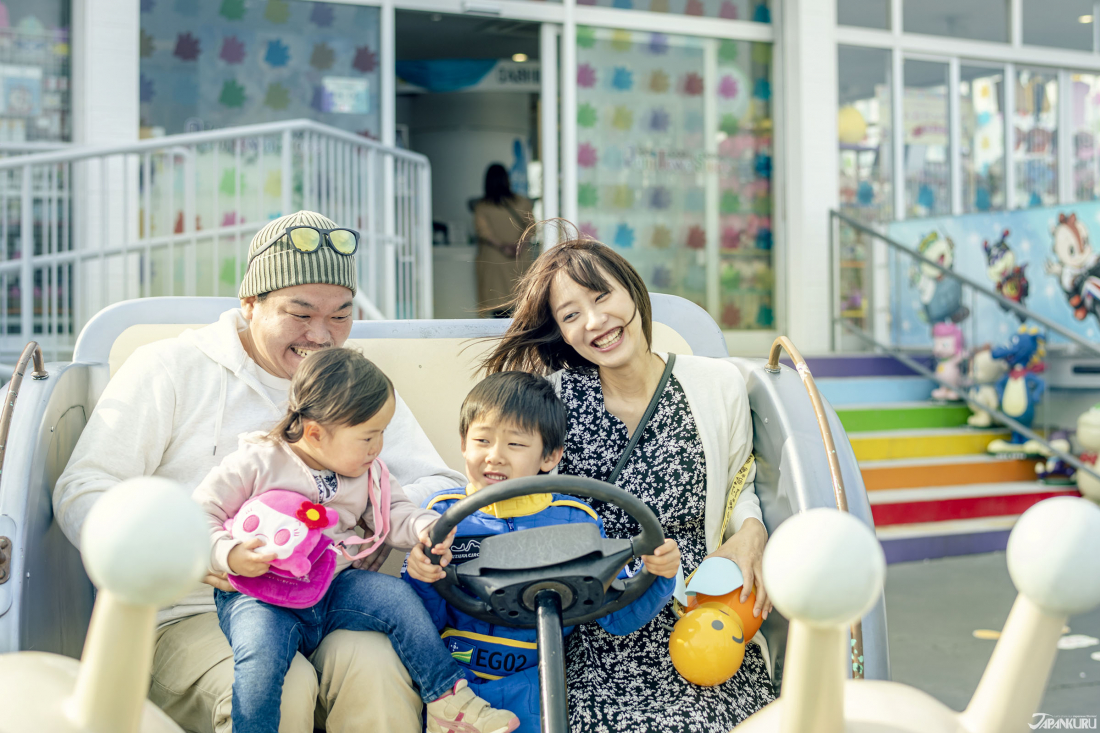




 >> Find out more at Japankuru.com! (link in bio)
#
>> Find out more at Japankuru.com! (link in bio)
#





 The Robot Restaurant is gone, but the Samurai Restaurant is here to take its place. Check it out, and don't forget your coupon!
The Robot Restaurant is gone, but the Samurai Restaurant is here to take its place. Check it out, and don't forget your coupon!
 신주쿠의 명소 로봇 레스토랑이 사무라이 레스토랑으로 부활! 절찬 쿠폰 발급중
신주쿠의 명소 로봇 레스토랑이 사무라이 레스토랑으로 부활! 절찬 쿠폰 발급중
 18歲以上才能入場的歌舞秀,和你想的不一樣!拿好優惠券去看看~
#tokyo #shinjuku #samurairestaurant #robotrestaurant #tokyotrip #도쿄여행 #신주쿠 #사무라이레스토랑 #이색체험 #할인이벤트 #歌舞伎町 #東京景點 #武士餐廳 #日本表演 #日本文化體驗 #japankuru #japantrip #japantravel #japanlovers #japan_of_insta
18歲以上才能入場的歌舞秀,和你想的不一樣!拿好優惠券去看看~
#tokyo #shinjuku #samurairestaurant #robotrestaurant #tokyotrip #도쿄여행 #신주쿠 #사무라이레스토랑 #이색체험 #할인이벤트 #歌舞伎町 #東京景點 #武士餐廳 #日本表演 #日本文化體驗 #japankuru #japantrip #japantravel #japanlovers #japan_of_insta
 코지마 x 빅 카메라 쿠폰으로 일본 가전 제품 쇼핑하기
#pr #japankuru #japanshopping #kojima #biccamera #japaneseskincare #yaman #dji #osmopocket3 #skincaredevice #日本購物 #美容儀 #相機 #雅萌 #日本家電 #일본여행 #면세 #여행꿀팁 #일본쇼핑리스트 #쿠폰 #일본쇼핑 #일본브랜드 #할인 #코지마 #빅카메라 #japankurucoupon
코지마 x 빅 카메라 쿠폰으로 일본 가전 제품 쇼핑하기
#pr #japankuru #japanshopping #kojima #biccamera #japaneseskincare #yaman #dji #osmopocket3 #skincaredevice #日本購物 #美容儀 #相機 #雅萌 #日本家電 #일본여행 #면세 #여행꿀팁 #일본쇼핑리스트 #쿠폰 #일본쇼핑 #일본브랜드 #할인 #코지마 #빅카메라 #japankurucoupon






























 Oita Hello Kitty Airport
Oita Hello Kitty Airport  Lands April 13th
Lands April 13th










